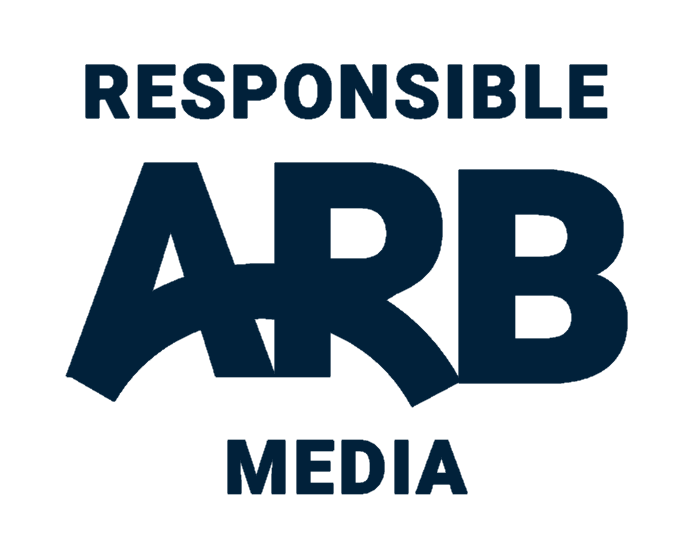Agriculture
#Agbiz: Consumer food price inflation accelerated further in August─── 05:00 Tue, 27 Sep 2022

As usual on the Agri Hour, Wandile Sihlobo, chief economist at the Agricultural Business Chamber of South Africa, Agbiz, provides a weekly insert about the latest on the global as well as South African agricultural markets.
He also provides more information about the latest developments in the agricultural sector.
See PODCAST below
In his weekly insert, Sihlobo talks about South Africa’s consumer food price inflation that accelerated further in August 2022.
“South Africa’s consumer food price inflation accelerated further to 11,5% year-on-year (y/y) in August 2022, from 10,1% y/y in the previous month. This is the fastest pace since January 2017, which was a drought period in agriculture where costs were driven by higher agricultural commodity prices.
ALSO READ: SA energy crisis biggest contributor to local inflation - economist
“The higher agricultural commodity prices we’ve observed in the months since Russia invaded Ukraine continue to filter into the consumer food price inflation data. Moreover, the higher fuel price inflation since the start of the war is an additional cost driver of food prices. More specifically, the higher global grain and oilseed prices for much of this year have been the drivers of the costs of “bread and cereals” and “oils and fats” in the consumer food price inflation basket.
“These were also amongst the key drivers of the price inflation in August, alongside vegetables, sugar, sweets and desserts,” says Sihlobo.
He further explains that these are also products with a relatively higher weighting within the food basket.
ALSO READ: Load-shedding, inflation key to repo rate decision – economist
“For example, within the food basket, the key products are meat (35%); bread and cereals (21%); milk, cheese and eggs (17%); vegetables (8%); sugar, sweets and desserts (4%); oils and fats (3%); and fruit (2%).
“In the case of fruits and vegetables, the uptick registered in August was a monthly blip caused by a temporary decline in volumes in the fresh produce markets across the country. Generally, South Africa has a sizable harvest, and the disruption in fruit exports within the Black Sea and the EU could add downward pressure on domestic prices.
“This bodes well for the consumer in the near term (and the opposite is true for the farmers). The one essential product whose price trend remains uncertain is meat, although its prices moderated somewhat in August.
“The outbreaks of foot-and-mouth disease have led to the temporary closure of some key export markets for the red meat industry. Ordinarily, this would add downward pressure on prices as it implies that we would see an increase in domestic meat supplies.
“But this time around, the spread of the outbreak is vast, to the extent that we might see a decline in slaughtering in major feedlots, which would ultimately keep red meat prices at relatively higher levels; the opposite of what we initially anticipated.
“This remains uncertain, and we will closely monitor the monthly slaughtering activity.”
However, Sihlobo says that the suspension of the anti-dumping duties for poultry products could help contain the potential price increases in this product, at least in the near term.
“Still, the broad meat price trend will depend on the developments in the beef market. In sum, the global grain and oilseed prices, which have been the major drivers of the surge in inflation, are starting to soften, which shows in the global indices,” concludes Sihlobo.













